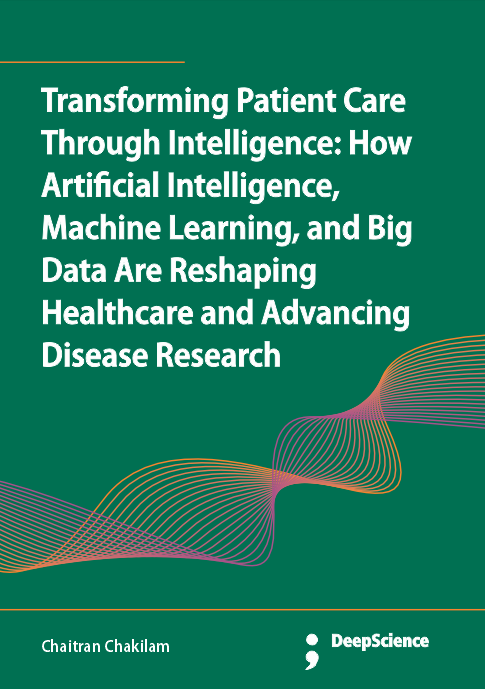Revolutionizing emergency response and critical care management with artificial intelligence-augmented systems
Synopsis
This systematic literature review investigates potentialities to exploit AI-supported technologies in Chinese hospital emergency departments. Modern digital medical tools combined with artificial intelligence technologies enable rapid acquisition, gathering and analysis of extensive medical data, providing timely insights for emergency physicians to make timely treatment decisions that can improve patient outcomes. Correction of motion artefacts can be achieved in medical imaging using artificial intelligence technologies without the need for rescanning, while at the same time preserving patient safety by minimizing the amount of ionizing radiation. The possibilities are to produce a high-quality medical image being corrected from motion artefacts by artificial intelligence models and methods to increase the diagnostic accuracy of medical images. Medical radiation imaging and computer tomography imaging are currently the two categories of imaging modalities responsible for ionizing radiation dose, involved in at least 80% of medical ionizing radiation dose for an average patient. Acquisition of enough CDS is difficult in fast spinning imaging sequence, e.g. 0.5 seconds for Gastrografin X-ray CT imaging scan sequence, a patient motion artefact greatly reduces its image quality and makes its follow-up diagnosis difficult or even impossible. Critical care services will be significantly improved, more accessible, and more cost-effective by using artificial intelligence (AI) (Nguyen & Nguyen, 2020; Patel & Cushing, 2021; Shaik et al., 2023). Remote monitoring could be on-time and in-time monitoring and treatment without the need for admission, dramatically decreasing emergency department (ED) admission times, especially the bed-constrained situations can realize a patient immediately sent to still available bed. Automated triage of non-urgent patients by the AI-based artificial intelligent emergency department platform by symptom extraction and monitoring. Machine-learning models including the support vector machine classifier, random forest classifier, adaptive boost classifier, and decision tree classifier generate models with good performance. A multi-agent system constructed with traditional machine-learning algorithms performs better than a single traditional machine-learning model. Very good scalability in the computation execution framework is created by using the ensemble learning from local agents to overall model levels.












